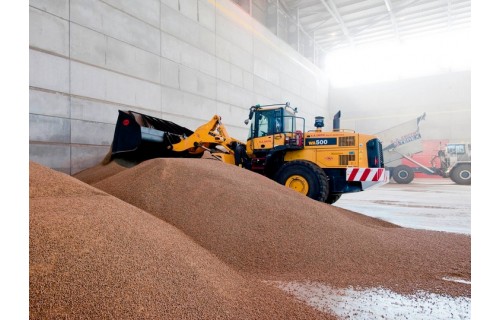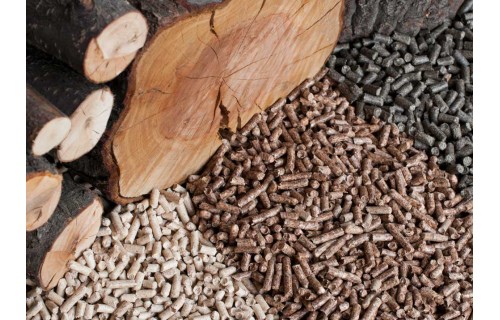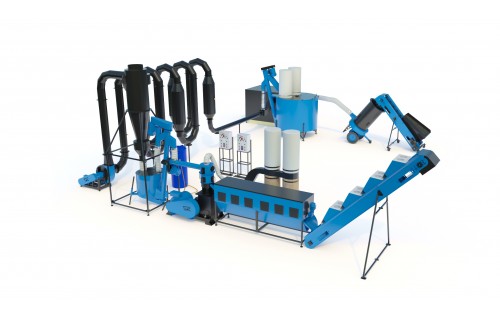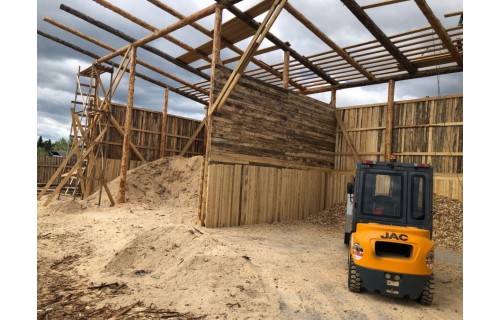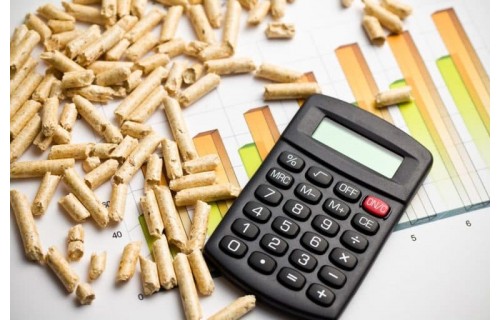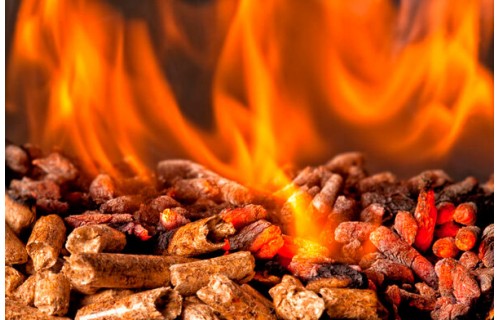The secrets of the production of pellets. How to produce the pellet?
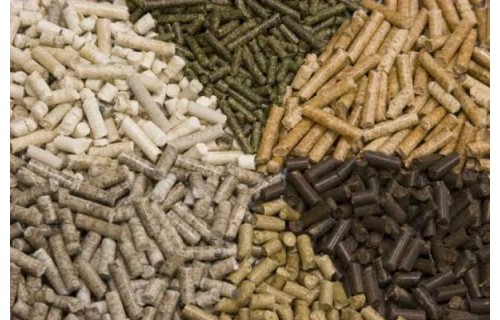
Wood pellet production has emerged as a prominent method for utilizing biomass, offering an eco-friendly solution for processing wood waste (such as sawdust, chips, woodchips, and bark) into a versatile product. This article delves into the key aspects of wood pellet production, providing insights into the process, factors influencing pellet quality, and optimization strategies.
Advantages of Wood Pellet Production
Wood pellet production offers several compelling advantages:
-
Simple Technology: The technology involved in wood pellet production is relatively straightforward, making it accessible to a wide range of producers.
-
Minimal Manpower: The operation of pellet production equipment requires minimal manpower, contributing to reduced labor costs.
-
Cost-Effective Production: The overall cost of wood pellet production is relatively low, while the return on investment can be significant.
-
Versatility in Waste Processing: The process can accommodate wood waste of varying sizes, ensuring efficient utilization of resources.
Raw Materials for Wood Pellet Production and Their Properties
Wood pellets can be produced from various wood species, with the properties of the raw material influencing the characteristics of the final pellets and the production process itself. This is particularly important for self-made pellets, as industrial equipment may be less sensitive to variations compared to smaller, less powerful machines.
Suitable raw material for wood pellet production is finely chopped wood with a thickness of approximately 1 mm and a length of up to 3-4 mm. A significant advantage is that the production of pellets does not require specially prepared chips, as is the case for wood-based panels. The presence of mineral and metal impurities in the raw material is unacceptable.
Color of Wood Pellets
The color of wood pellets is primarily determined by the type of wood from which they are produced:
-
Pellets derived from coniferous woods such as pine, spruce, or fir typically exhibit a light color, ranging from straw yellow to light brown.
-
In contrast, pellets made from hardwood species like oak, beech, ash, or birch characteristically display a darker color, ranging from brown to dark brown and sometimes even black.
Factors other than wood type can also influence pellet hue, including moisture content, drying methods employed during production, and the presence of dyes.
Adhesiveness of Wood Pellets
In addition to pellet color, the quality of pellet bonding is also influenced by the raw material. Lignin, a natural substance found in wood, acts as a binder during the pellet pressing process. The lignin content varies across different wood species. Consequently, higher lignin content in wood translates to higher pellet quality.
To assess the suitability of wood for pellet production, let's examine the lignin content percentages:
-
Pine - 27.05%
-
Spruce - 27.00%
-
Fir - 29.89%
-
Beech - 27.72%
-
Birch - 19.10%
-
Aspen - 21.67%
On average, the lignin content in coniferous trees ranges from 26-30%, while in hardwoods it falls between 19-28% of the total mass of absolutely dry wood. Naturally, lower lignin content results in higher fines, leading to increased electricity costs and a slight decrease in yield.
Impact of Wood Hardness on Wood Pellets
Wood hardness is another crucial factor in pellet production. Harder wood poses greater challenges in chipping and pressing. Consequently, pellet production from harder woods consumes more electricity and leads to faster wear of pelletizer components: knives, dies, or rollers.
Let's compare the hardness of some wood species:
-
Pine - 260 kG/cm2
-
Spruce - 235 kG/cm2
-
Fir - 255 kG/cm2
-
Beech - 555 kG/cm2
-
Birch - 425 kG/cm2
-
Aspen - 240 kG/cm2
One cubic meter of pellet made from sawdust of denser wood species will have a higher bulk density and higher calorific value. For instance, one cubic meter of birch pellet will release more heat than one cubic meter of pine sawdust pellet.
Wood Pellet Production Line Operation
The pressing stage plays a pivotal role in the wood pellet production process. Sawdust is fed onto the pelletizer die, and rotating rollers sliding over the die press the sawdust into the holes, imparting the characteristic pellet shape. Proper machine operation helps minimize roller and die wear and ensures smooth, trouble-free pressing.
Despite its apparent simplicity, wood pellet production involves numerous nuances, and the technology is highly sensitive to changes in pelletizer settings. It is not uncommon to encounter situations where pellets are not produced or the die becomes blocked immediately after starting the pellet machine.










